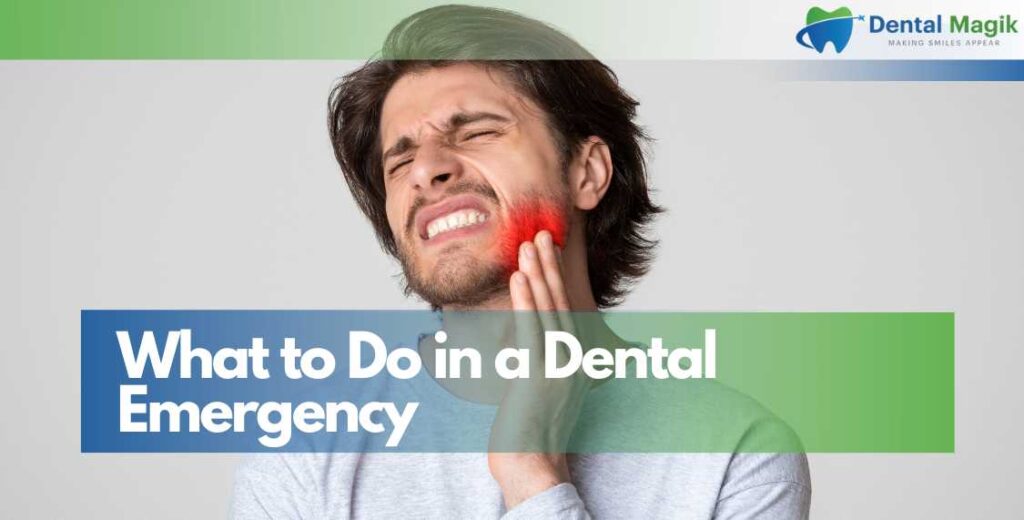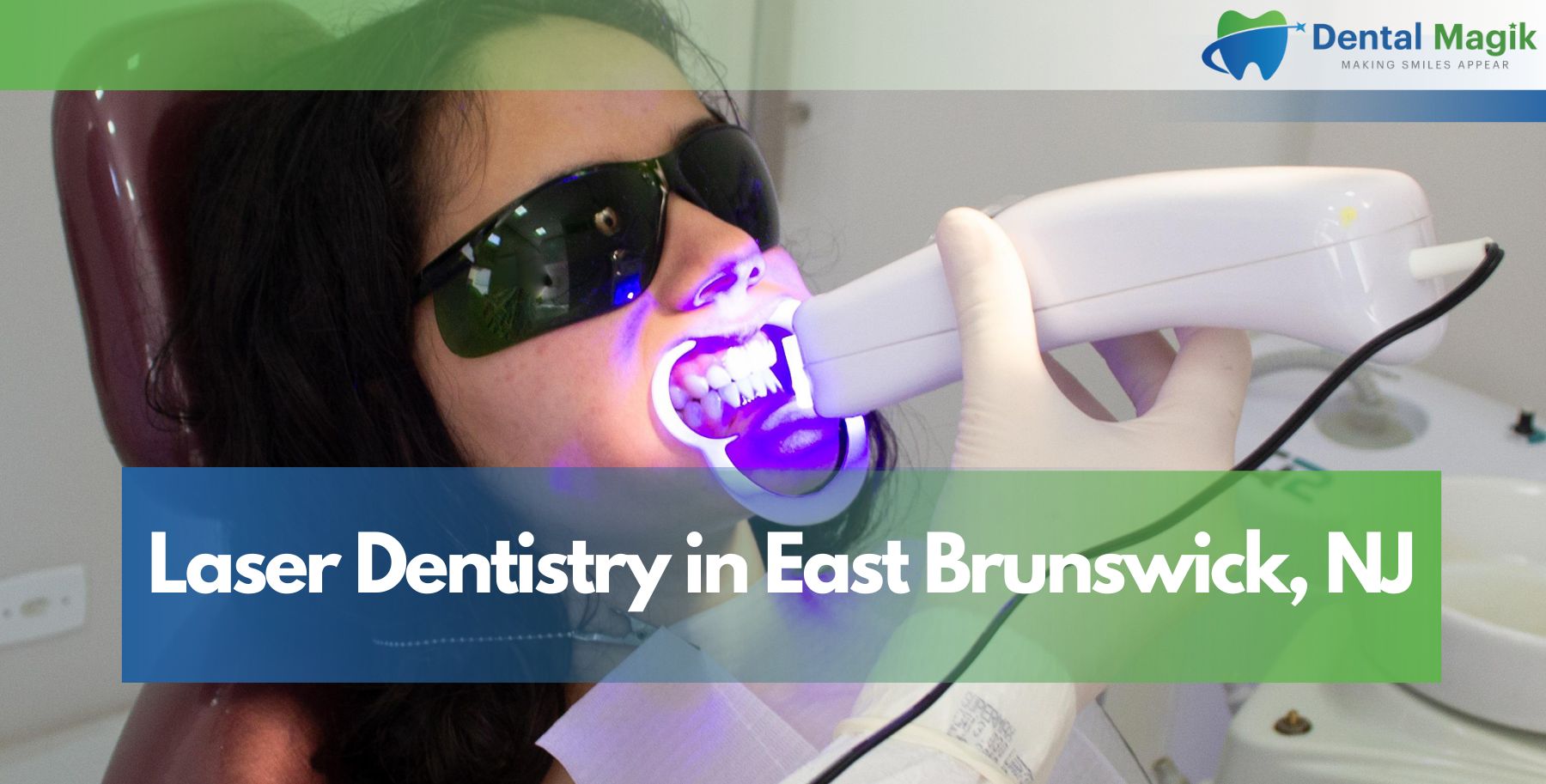Dental emergencies can occur without warning and often at the most inconvenient times. Whether it’s a sharp, unbearable toothache, a tooth knocked out during an accident, or a broken dental restoration, knowing how to respond properly is essential for minimizing damage and ensuring the best possible outcome for your oral health. Quick, calm action can mean the difference between saving your tooth and losing it, or minimizing pain and preventing further complications.
Understanding Dental Emergencies
Before diving into specific emergencies, it’s important to define what a dental emergency is. A dental emergency refers to any situation involving your teeth, gums, or mouth that requires immediate treatment to prevent further damage, infection, or complications. It’s crucial to understand that not every dental problem is an emergency, but certain conditions, if left untreated, can lead to severe pain, tooth loss, or other significant complications.
Some common dental emergencies include:
- Severe tooth pain or toothache
- A knocked-out tooth (avulsed tooth)
- Chipped or broken teeth
- Loose or lost fillings or crowns
- Abscesses or swelling in the gums
- Injury to the mouth or jaw
In this guide, I will discuss these situations in detail and provide you with professional advice on how to handle them when they occur.
Severe Toothache
A severe toothache is one of the most common reasons people seek emergency dental care. Toothaches can range from mild to excruciating, and their causes can vary, including cavities, gum disease, cracked teeth, or infections. When you’re experiencing a toothache, it can be hard to know how to manage the pain or what steps to take to ensure the problem doesn’t worsen. As your dentist, I recommend the following:
If you are dealing with a toothache, the first step is to clean your mouth by rinsing it with warm water. This helps to remove any debris or food particles that may be irritating the area and causing discomfort. Next, it’s important to floss gently around the painful tooth. This can help remove anything stuck between your teeth that might be contributing to the pain. Be cautious and avoid applying too much pressure, as that could exacerbate the discomfort.
If you experience swelling, you can apply a cold compress to the outside of your cheek near the painful tooth. A cold compress helps reduce swelling and numbs the area, providing temporary relief from pain. Pain relievers such as ibuprofen or acetaminophen can help alleviate discomfort, but avoid placing aspirin directly on the affected tooth or gums as this can burn the tissue.
While these steps can help manage the pain temporarily, it’s essential that you see your dentist as soon as possible to determine the underlying cause of the toothache. If the pain is severe or lasts for more than a day or two, it could indicate an infection, deep cavity, or gum disease that requires professional treatment such as a root canal or filling.
Knocked-Out Tooth
A knocked-out tooth, also known as an avulsed tooth, is a serious dental emergency that often requires quick thinking and swift action to give you the best chance of saving the tooth. It is common in accidents, sports injuries, or falls, but with the right steps, a tooth can often be successfully reimplanted. Here’s what you should do:
First and foremost, handle the tooth by the crown (the chewing surface), not the root. Touching the root can cause damage to the cells necessary for reattachment. If the tooth is dirty, gently rinse it with clean water. Be sure to avoid scrubbing it, and don’t use soap or other cleaning agents. If possible, you should attempt to place the tooth back into the socket immediately. If this isn’t feasible, store the tooth in milk or saline solution, which will help preserve it until you reach the dentist. In the absence of milk or saline, you can place the tooth in clean water with a pinch of salt.
It is essential that you seek dental care immediately. Ideally, the tooth should be reimplanted within 30 minutes to maximize the chances of saving it. The longer you wait, the lower the likelihood that the tooth can be successfully reattached. In cases where reimplantation is not possible, a dental implant, bridge, or partial denture may be used as a permanent solution.
Cracked or Broken Tooth
A cracked or broken tooth can occur due to trauma, biting on something hard, or even from untreated decay. Regardless of the cause, it’s important to address a broken or cracked tooth quickly to prevent further damage, infection, or tooth loss. Here’s how to handle this situation:
If you experience a cracked or broken tooth, rinse your mouth with warm water to clean the affected area and ensure there is no debris or food particles causing further irritation. A cold compress applied to the outside of the cheek near the tooth can help reduce swelling and numb the pain. If the tooth has jagged edges, you can protect your mouth by covering the sharp parts with dental wax or a piece of sugar-free gum.
If there is any pain associated with the cracked tooth, taking an over-the-counter pain reliever can help manage the discomfort temporarily. It’s important to avoid chewing on the broken tooth as doing so could make the damage worse.
You should see a dentist as soon as possible. Depending on the severity of the crack or break, treatment can vary. A dental crown may be used to restore the tooth, or if the crack extends deep into the tooth, a root canal might be necessary. Sometimes, if the tooth is too severely damaged, extraction may be required, followed by a replacement tooth, such as an implant or bridge.
Lost Filling or Crown
Losing a filling or crown can leave your tooth vulnerable to infection, decay, and further damage. If this happens, you need to act quickly to protect the tooth and prevent additional problems.
If you can find the filling or crown, carefully clean it with water. If the filling is a temporary one, avoid chewing with that tooth until you can see your dentist. If the crown has come off, you should try to reposition it over the tooth, using a small amount of dental cement or temporary adhesive (which can be found in pharmacies). This can help protect the exposed tooth temporarily.
If the filling or crown cannot be repositioned or the tooth is in pain, you should visit your dentist immediately. The dentist may choose to reattach the crown or replace the filling with a more permanent solution. If the tooth is damaged or decayed beneath the restoration, additional treatments, such as a new filling, root canal, or crown, may be necessary.
Dental Abscess
A dental abscess is a painful infection at the root of a tooth or in the gums. If untreated, it can lead to severe complications, including tooth loss and the spread of infection to other parts of the body. If you suspect an abscess, it’s crucial to take immediate action:
First, rinse your mouth with warm salt water. This can help alleviate pain, reduce swelling, and prevent the infection from spreading. Apply a cold compress to the outside of the cheek near the infected area to help reduce swelling and numb the pain.
While these steps can provide some relief, it’s essential that you see a dentist as soon as possible. Abscesses often require drainage, antibiotics, and possibly a root canal if the infection is deep in the tooth. Ignoring a dental abscess can lead to more serious health issues, so prompt treatment is essential.
Prevention of Dental Emergencies
While it’s impossible to predict when a dental emergency might occur, there are proactive measures you can take to reduce the risk of one:
- Wear a mouthguard: If you play contact sports or grind your teeth at night, wearing a mouthguard can protect your teeth from trauma.
- Avoid hard foods: Chewing on hard candies, ice, or other tough foods can crack or chip your teeth. Be cautious when eating these.
- Practice good oral hygiene: Brush your teeth twice a day, floss regularly, and use mouthwash to maintain healthy teeth and gums. This helps prevent infections and decay.
- Regular dental check-ups: Visit your dentist every six months for a professional cleaning and check-up. Routine visits help catch small problems before they become emergencies.
Learn More: Emergency Dentistry in East Brunswick
Conclusion
Dental emergencies can be frightening, but knowing how to respond when they occur is crucial for preserving your oral health. Acting quickly, whether it’s dealing with a toothache, knocked-out tooth, or dental abscess, can mean the difference between saving your teeth and facing more serious problems down the road. At Dental Magik, a trusted Dentist in East Brunswick, NJ, we are always ready to provide expert care and immediate relief when you need it most. Whether you’re facing a dental emergency or simply need a routine check-up, our team is here to ensure that you receive the highest quality dental care. Contact us today to learn more or to schedule an appointment.
FAQs
How can I manage a toothache until I can see a dentist?
Rinse your mouth with warm water, gently floss around the tooth to remove any debris, and apply a cold compress to reduce swelling. Over-the-counter pain relievers can help manage the discomfort, but see a dentist as soon as possible to identify the underlying cause of the pain.
What should I do if my tooth is knocked out?
Pick up the tooth by the crown, rinse it gently with water, and try to place it back in the socket. If this is not possible, store the tooth in milk or saline solution and see a dentist immediately.
Can a cracked tooth heal on its own?
No, a cracked tooth will not heal on its own. You must visit your dentist for an assessment, as the crack can lead to further damage, infection, or tooth loss if left untreated.
What should I do if I lose a filling or crown?
Try to temporarily reseat the crown or filling, if possible, using dental cement. Avoid chewing with the affected tooth until you see your dentist.
How serious is a dental abscess?
A dental abscess is a serious condition that requires immediate treatment. If left untreated, it can lead to the spread of infection, tooth loss, or more severe health problems. See a dentist as soon as possible for appropriate treatment.







